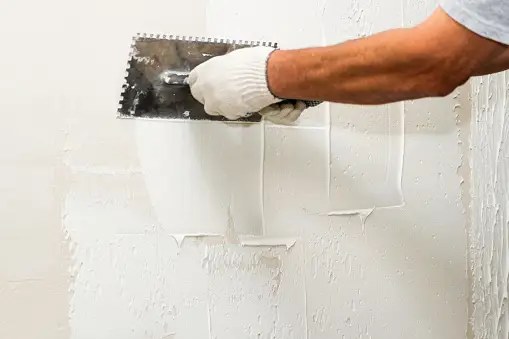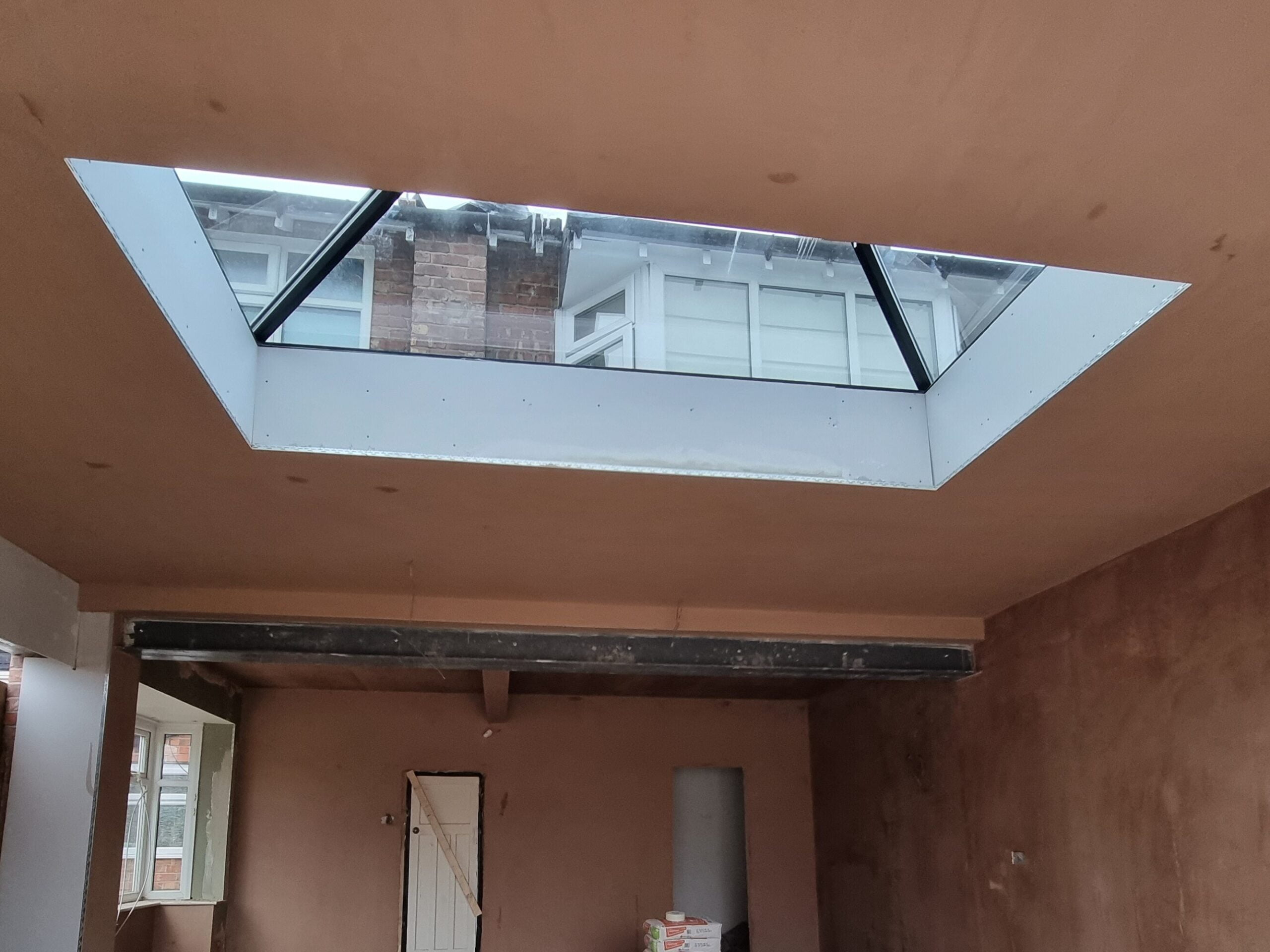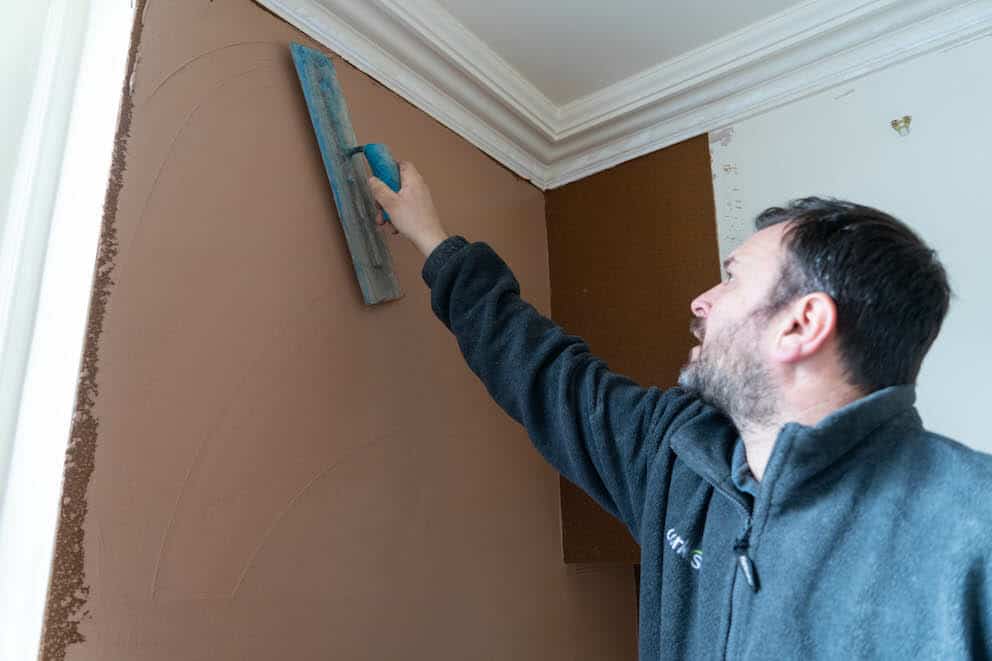Secret Tips and Tools for Successful Plastering in Your Home Improvement Undertakings
Attaining a remarkable plaster coating in your house renovation jobs calls for a blend of the right tools and tried and tested techniques. Essential executes such as the hawk and trowel are essential for effective application, while correct surface preparation lays the structure for success. Moreover, understanding the nuances of blending plaster and using it in thin layers can substantially impact the last end result. As we discover these basic facets, it becomes evident that avoiding typical pitfalls can elevate your plastering abilities-- guaranteeing your following project not just meets but exceeds assumptions.
Essential Smudging Tools
The vital tools incorporate a variety of executes made to facilitate the smudging procedure successfully and successfully. Key components include a hawk, which is a flat, square tool utilized to hold the plaster while applying it to surfaces.

Additionally, a blending container is necessary for preparing plaster, making certain the ideal uniformity before application. A smudging brush or sponge serves for ending up touches and smoothing out structures. Lastly, safety and security tools such as masks and gloves need to be included to safeguard the customer from dirt and chemicals. Together, these necessary plastering tools allow both specialists and do it yourself fanatics to accomplish top notch cause their plastering tasks.
Surface Area Prep Work Techniques
Correctly preparing the surface area prior to gluing is crucial for making sure adhesion and accomplishing a perfect finish. The initial step includes cleaning up the surface area to remove any dirt, grease, or old paint that may hinder the plaster's ability to bond successfully. A thorough laundry with a suitable cleaning service is recommended, complied with by rinsing and permitting the surface to dry entirely.
Next, assess the surface for any kind of flaws or fractures. These need to be full of a suitable filler compound and allowed to treat according to the supplier's directions. For permeable surfaces, using a guide is necessary to develop an uniform structure and boost adhesion.
Additionally, it is vital to make certain that the surface area is stable and structurally sound. Any loosened products, such as flaking paint or harmed drywall, must be repaired or removed. Think about utilizing a scratch coat to improve hold. if functioning with masonry surface areas.
Mixing Plaster Like a Pro

Making use of a clean mixing container, put the water first, then gradually add the plaster powder while mixing constantly - Plastering. This approach assists to stop clumping and guarantees an also circulation of products. A mechanical mixer can be beneficial, providing consistent outcomes and saving time. Objective for a luscious, lump-free uniformity that permits very easy dispersing but is thick enough to hold its form without running.
When mixed, enable the plaster to rest for a couple of mins to enable the plaster crystals to moisturize fully. This relaxing period boosts workability and minimizes the danger of cracking throughout application. By following these steps, you can blend plaster like a professional, establishing the structure for a successful plastering project in your home enhancement ventures.
Application Methods for Smooth Finishes
With the plaster blend prepared to the excellent consistency, the following action entails selecting suitable application techniques to attain a smooth coating. This device allows for a fine, also distribution of plaster throughout the surface while decreasing trowel marks.
Begin by applying a generous quantity of plaster to the surface utilizing look at this web-site the trowel, ensuring it sticks well. Once the initial layer is applied, make use of a sweeping movement to smooth the surface, applying also pressure.
For the last touches, a moist sponge can be utilized to improve the surface area better. Lightly mist the plaster with water and delicately massage the surface to attain a refined index effect. Always bear in mind to work in little sections to preserve control over the application procedure, making certain a smooth, specialist coating throughout your plastering task.
Typical Blunders to Avoid
When beginning on a plastering task, avoiding typical blunders is crucial for attaining a perfect finish. Make sure that all dust, grease, and loose products are gotten rid of prior to using plaster.
Another typical mistake is using plaster too heavily. Thick layers can break as they dry out, jeopardizing the stability of the finish. Rather, select numerous slim layers, allowing each layer to dry entirely prior to using the next.
Furthermore, bad mixing techniques can lead to inconsistent structure and workability. Constantly comply with the supplier's guidelines for mixing ratios and thoroughly blend the plaster to achieve a consistent consistency.

Timing additionally plays an important function; plaster needs to be used while the substrate is wet to boost bond. Top quality trowels and drifts can make a considerable difference in achieving a smooth coating.
Final Thought
Efficient gluing requires an extensive understanding of important devices and strategies. By using appropriate tools, making certain precise surface preparation, and sticking to advised mixing proportions, ideal results can be accomplished. Employing appropriate application methods better boosts the finish, while awareness of usual mistakes find more can avoid troubles. Proficiency of these components not only adds to the visual appeal of a room yet likewise makes sure toughness and longevity in gluing projects, making them integral to effective home renovation ventures.
A float is another important device, which aids in leveling the plaster and achieving a consistent surface.

By complying with these actions, you can blend plaster like a pro, establishing the foundation for an effective gluing job in your home improvement undertakings.
Lightly haze the plaster with water and gently scrub the surface area to achieve a sleek impact.